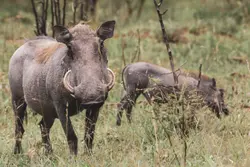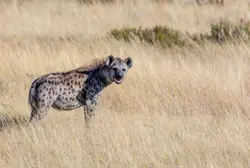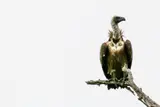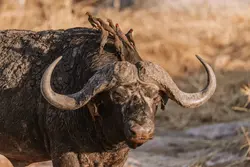Book your stay directly with Jock Safari Lodge for the best rates.
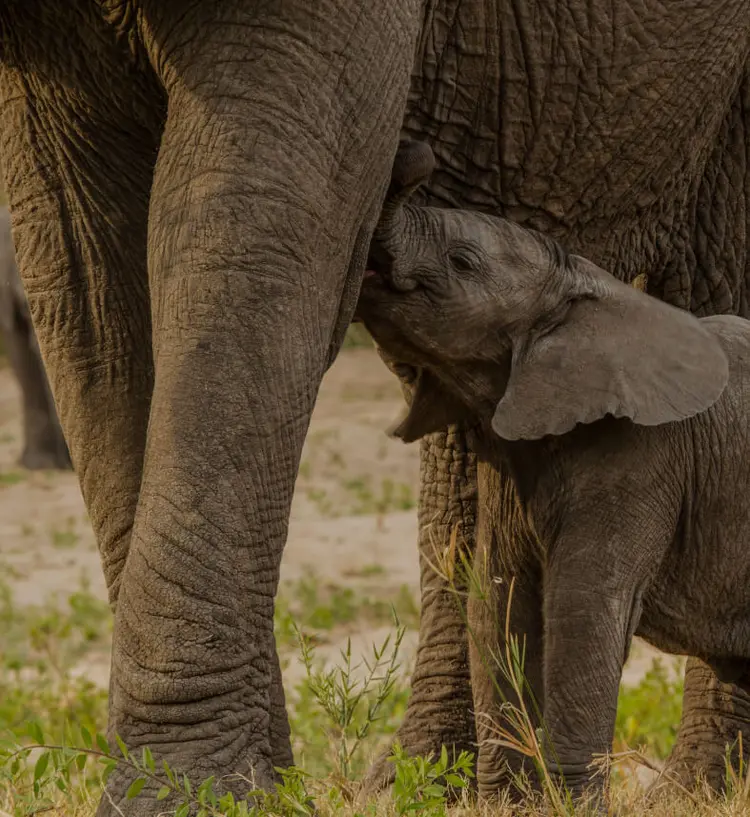
Book your stay directly with Jock Safari Lodge for the best rates.
Not ready to make a booking just yet? Submit a travel enquiry and our team will be in touch.
You probably know all about the fierce Big Five and you may have heard about the cute Little Five, but have you ever come across the fascinating Ugly Five?
The Kruger National Park is a veritable Garden of Eden and is home to 148 mammal species and 505 bird species. Guests of Jock Safari Lodge have the special opportunity to witness many of these creatures in their natural habitat and with exceptional game viewing just-about guaranteed in this part of the Kruger Park, you will most probably go home having ticked off many of these species.
Since they are related to pigs, warthogs are intelligent and highly adaptable, which helps them to survive as a species. Their name is derived from the protrusions (bone and cartilage) on the sides of their faces which have a wart-like appearance. These “warts” serve the important function of protecting their faces when they fight. Warthogs can put up a good fight when under threat from predators, by using their sharp tusks as a weapon or making a run of it to escape, reaching impressive speeds of up to 48km/h!
Undeservedly, hyenas gained a bad reputation from the Disney film The Lion King. These animals are however much more intelligent and complex than they were portrayed, with some experts saying that hyenas may even be able to count! You might know that hyenas are famous for making a giggle-like sound. However, this giggle is no laughing matter as it is in fact a sign of stress or excitement.
The Lappet-Faced Vulture is the largest Vulture subspecies in the Kruger National Park, but sadly, it is a threatened species with only 49 breeding pairs (estimated) in the Park. Vultures play an important role by cleaning up the carcasses of dead animals and thereby preventing the spread of pathogens. Whilst they may not be attractive with their bare pink heads and fleshy folds of skin on their necks, these birds are a vital part of the circle of life as the “clean-up crew” of nature.
These funny-looking antelope, which resemble a mixture of a horse and a buffalo, were named “wildebeest” by Dutch-settlers, meaning “wild beast,” because of their wild appearance and robust nature. Whilst they are not easy on the eye, these mammals are remarkable for being able to walk mere minutes after their birth in order to escape from predators.
These feisty birds are among the largest birds in the world, with a wingspan of between 2.2 and 2.9 metres! You might know of this bird as the “undertaker,” a nickname derived from its cloaked appearance. The Marabou Stork is a creature of some strange habits, and unlike most animals that will try to get away from fire, the Marabou Stork goes towards fires to find food.
